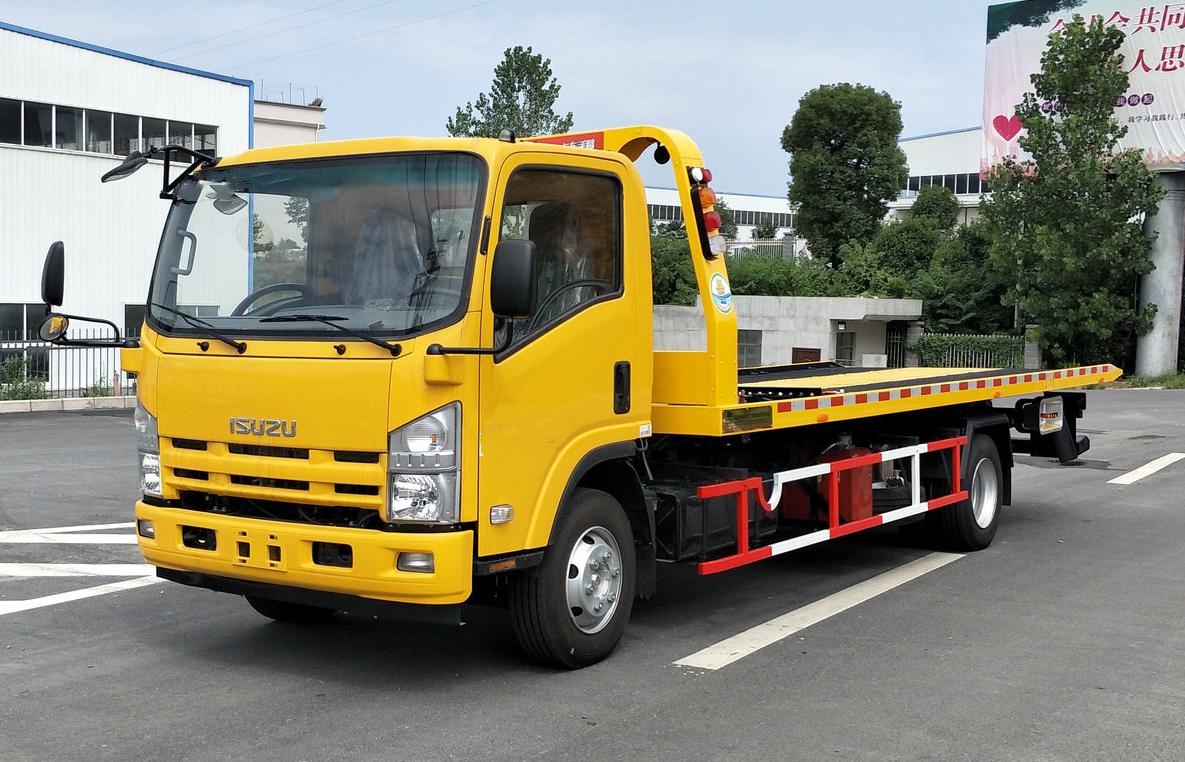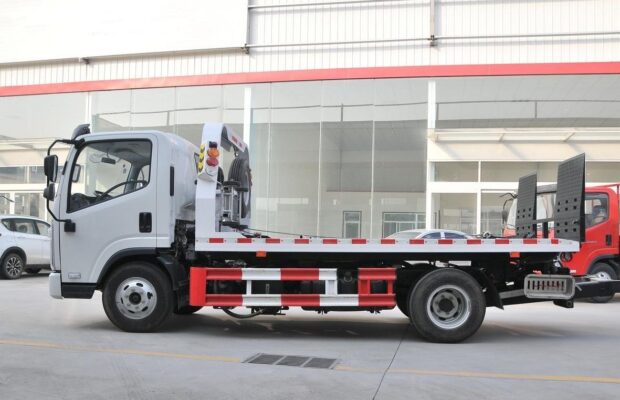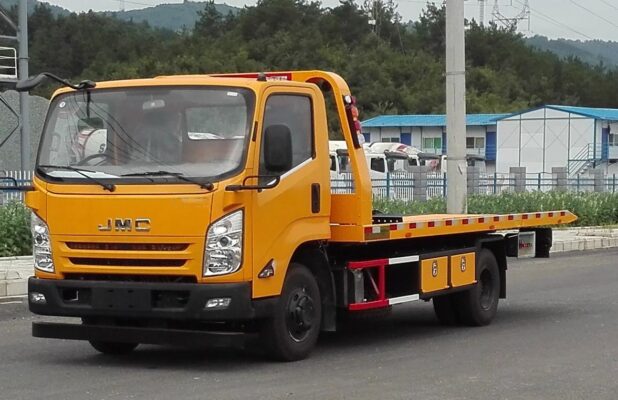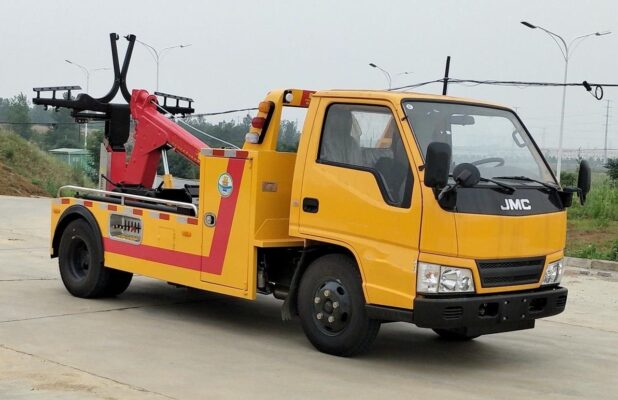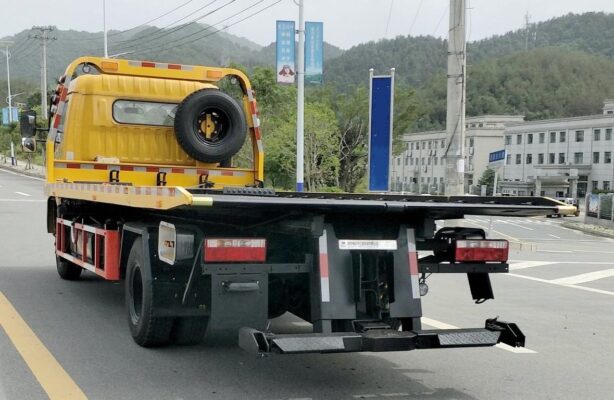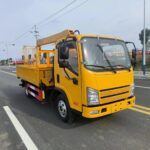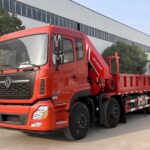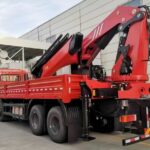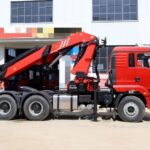To expand this technical explanation of crane wheel maintenance into a comprehensive 2000-word document, I’ll include additional details on the mechanics behind wheel wear, the effects of improper wheel maintenance, the significance of various maintenance criteria, and practical advice for inspection, repairs, and replacement processes. The discussion will also cover the broader impact of wheel maintenance on crane performance, operational safety, and efficiency.
Introduction: Importance of Crane Wheel Maintenance
Crane wheels are critical components in the crane’s travel system, responsible for supporting the weight of the crane and the loads it lifts, while enabling smooth movement along rails. As these wheels endure significant forces during crane operations, they are subjected to wear, stress, and potential damage over time. Proper crane wheel maintenance ensures the longevity of these components and prevents accidents caused by wheel failure.
Neglecting wheel maintenance can lead to issues such as misalignment, excessive vibration, uneven movement, and even derailment. Therefore, regular inspection, proper repair, and timely replacement of crane wheels are essential to maintaining operational efficiency, extending equipment life, and ensuring safety in crane operations.
This guide delves into the essential aspects of crane wheel maintenance, outlining key factors such as tread wear, diameter deviation, flange condition, cracks, wheel ovality, and wheel assembly. It will also provide step-by-step procedures for inspection, repair, and replacement to ensure optimal crane performance.
1. Wheel Tread Wear: Inspection and Repair Procedures
Understanding Wheel Tread Wear
Wheel tread wear occurs as a result of constant friction between the wheel and the rail. Over time, this wear can lead to a reduction in the thickness of the wheel tread, compromising the wheel’s ability to maintain proper contact with the rail. Excessive wear can cause the crane to operate inefficiently, leading to increased energy consumption, irregular movement, and potential derailment.
Wear Limits and Replacement Criteria
According to industry standards, if the tread wear exceeds 15% of the original wheel thickness, the wheel should be replaced. This ensures that the wheel retains sufficient structural integrity to support the crane‘s operations. For instance, if the original wheel thickness is 100 mm, and the tread has worn down by more than 15 mm, the wheel must be discarded to avoid the risk of failure.
Repair Options
If the wear on the wheel tread is less than 15%, the wheel can often be salvaged through re-machining and heat treatment. Re-machining involves removing the worn or damaged portion of the tread, restoring it to a smooth and even surface. This process must be carefully controlled to ensure that the wheel’s diameter remains within acceptable tolerance limits.
After re-machining, heat treatment is applied to harden the tread surface, enhancing its wear resistance. The target surface hardness should fall within the range of HB300-500 on the Brinell scale, providing the necessary durability for extended use. For larger wheels with a diameter greater than 400 mm, the depth of the heat-treated, hardened layer should be at least 20 mm, while for smaller wheels (diameter less than 400 mm), the hardened layer should not be less than 15 mm. This depth ensures that the wear-resistant layer lasts longer and that the wheel maintains its mechanical properties during operation.
2. Diameter Deviation in Matched Wheels: Ensuring Smooth Operation
Importance of Diameter Consistency
Maintaining uniform wheel diameters is crucial for the balanced operation of cranes. If there is a significant diameter mismatch between the driving and driven wheels, the crane’s movement may become uneven, leading to additional wear on both the wheels and the rail. This imbalance can also result in increased strain on the crane’s motor and drive system.
Allowable Diameter Deviation
The permissible diameter deviation depends on the type of wheel and its function:
- Driving Wheels: The diameter deviation should not exceed 0.1% of the nominal diameter. For example, if the nominal diameter is 500 mm, the deviation should not exceed 0.5 mm.
- Driven Wheels: The allowable deviation is slightly higher, at 0.2% of the nominal diameter, due to the reduced mechanical load on these wheels. For instance, a 500 mm driven wheel may have a deviation of up to 1 mm.
For electric hoist wheels, the tolerance for driving wheels is broader, allowing for up to a 1% deviation from the nominal diameter, while driven wheels should still adhere to a 0.2% deviation limit. This is because electric hoists typically operate under lower stress conditions, allowing for slightly more flexibility in wheel size.
3. Flange Wear, Breakage, and Deformation: Critical Inspection Points
Understanding the Role of Wheel Flanges
Wheel flanges serve as guide components, ensuring that the wheels remain properly aligned with the rail during movement. They prevent the crane from derailing, especially when the crane is subjected to lateral forces during turning or uneven loading.
Wear and Breakage Limits
Flange wear should be monitored closely, as excessive wear compromises the flange’s ability to guide the wheel. If the wear on the flange reaches 50% of its original thickness, the wheel must be scrapped and replaced. For instance, if the original flange thickness is 20 mm and the wear reduces it to 10 mm, the wheel is no longer considered safe for operation.
In addition to wear, any breakage of the flange must be addressed. If the breakage area exceeds 30 mm², the wheel should be scrapped. Even small cracks or chips can propagate over time, leading to complete flange failure and possible derailment.
Deformation Criteria
Flange deformation, particularly bending, is another concern. If the flange thickness is deformed by more than 20% of its original size, the wheel should be scrapped. For example, a flange with an original thickness of 10 mm that becomes deformed to 8 mm due to stress or impact must be replaced.
4. Detecting and Addressing Cracks in the Wheel
Crack Detection Methods
Cracks in crane wheels are usually caused by excessive stress, impact, or material fatigue. Cracks can compromise the structural integrity of the wheel, leading to catastrophic failure if left unaddressed.
To detect cracks, non-destructive testing methods such as magnetic particle inspection (MPI) or ultrasonic testing (UT) are commonly used. These methods allow inspectors to identify cracks that may not be visible to the naked eye.
Scrapping Criteria
If any cracks are found during inspection, the wheel must be scrapped immediately. Repairing cracks in crane wheels is not recommended, as even repaired cracks can weaken the wheel’s structure and lead to future failure.
5. Wheel Tread Ovality: Causes and Remedies
What is Ovality?
Ovality refers to the deformation of a wheel’s tread into an elliptical shape, rather than maintaining a perfectly round form. This can occur due to uneven wear, improper installation, or excessive load stress. Ovality can lead to vibration, uneven rolling, and increased wear on both the wheels and the rails.
Ovality Limits and Replacement
If the ovality of a wheel reaches 1 mm, the wheel should be scrapped. This level of deformation can significantly affect the crane’s movement and cause mechanical issues in the long term.
6. Proper Wheel Assembly: Ensuring Smooth and Safe Operation
Wheel Rotation and Alignment
After assembling new or repaired wheels, it is essential to check that the wheels rotate smoothly by hand. This ensures that there is no excessive friction or misalignment in the wheel bearings or axles.
Alignment with Vertical Plane
All wheels mounted on the same balance frame must lie in the same vertical plane to avoid uneven wear or derailment. The allowable deviation from perfect alignment is only 1 mm, as even small misalignments can cause the crane to move irregularly or put undue stress on the wheels and rails.
Securing the Wheels
During assembly, it is important to ensure that all fasteners are tightened to the specified torque values, and that all components are properly secured. Loose bolts or improperly seated bearings can lead to premature wear and mechanical failure.
7. Importance of Routine Maintenance and Inspections
Regular inspections are crucial to catching early signs of wear, damage, or misalignment in crane wheels. Depending on the crane’s usage frequency, maintenance intervals should be established, ranging from weekly to monthly checks. Key aspects to inspect include tread wear, flange condition, diameter consistency, and overall wheel alignment.
Conclusion: The Value of Proactive Crane Wheel Maintenance
Proactive crane wheel maintenance is essential for preventing costly repairs, minimizing downtime, and ensuring the safety of crane operations. By adhering to industry standards for wheel inspection, repair, and replacement, operators can extend the lifespan of their crane wheels while maintaining smooth, efficient, and safe crane movements.
Crane operators and maintenance personnel should always follow manufacturer guidelines, as well as relevant safety regulations, to avoid potential hazards associated with wheel failure. By focusing on proper maintenance, crane operators can keep their equipment in peak condition, reduce operational risks, and contribute to the overall safety of construction sites.

